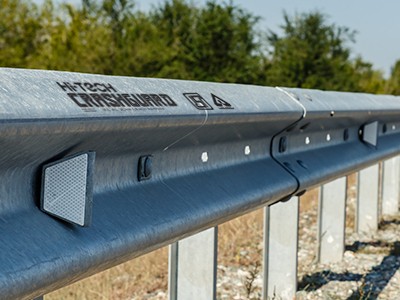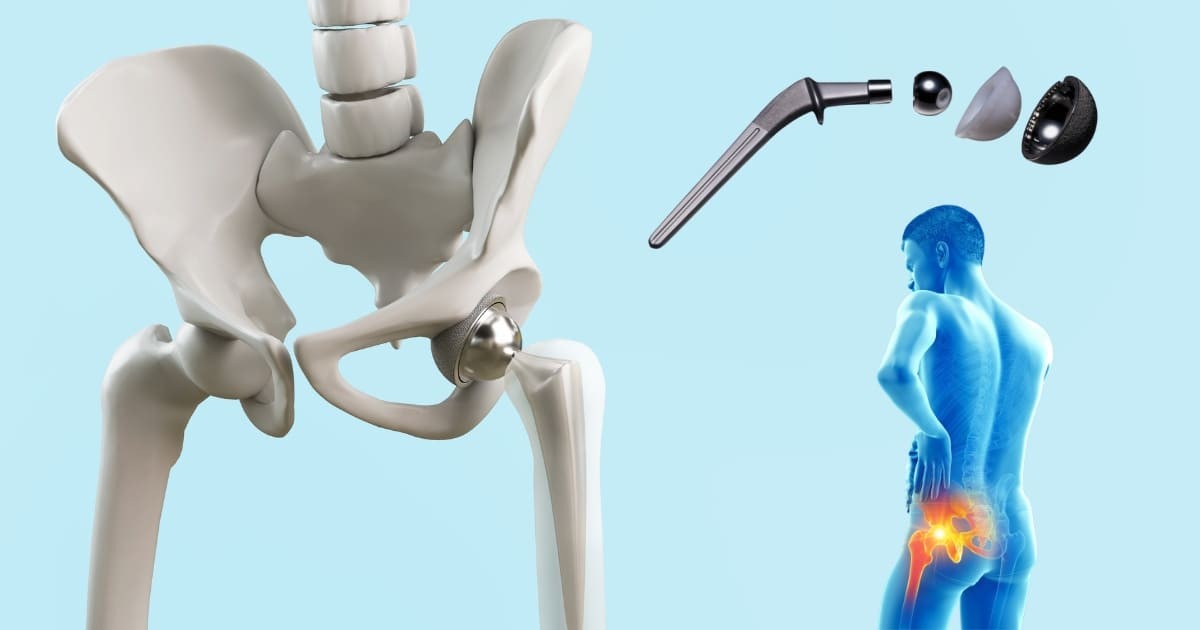1. What Are Crash Barriers?
Crash barriers are physical barriers or safety systems installed along roadways, highways, and bridges to protect motorists, pedestrians, and roadside structures from the potential hazards of vehicular accidents. They serve as a barrier between the roadway and the surrounding environment, helping to contain and redirect vehicles during collisions.
2. Functions and Importance
2.1. Vehicle Collision Mitigation
The primary function of crash barriers is to reduce the severity of accidents by preventing vehicles from leaving the road, colliding with obstacles, or crossing into opposing traffic lanes.
2.2. Injury Prevention
Crash barriers are designed to absorb and dissipate the kinetic energy of a collision, thereby reducing the impact forces on the vehicle and its occupants. This helps prevent injuries and fatalities.
2.3. Protection of Roadside Infrastructure
Crash barriers safeguard roadside structures such as lampposts, utility poles, bridges, and embankments from damage in the event of a collision.
3. Types of Crash Barriers
Crash barriers come in various types, each designed for specific road conditions and safety requirements:
3.1. W-Beam Barriers
W-beam barriers are the most common type and consist of a series of corrugated steel beams attached to posts. They are effective at redirecting vehicles and are often used on highways and rural roads.
3.2. Thrie-Beam Barriers
Thrie-beam barriers are similar to W-beam barriers but have additional corrugations for enhanced redirection and containment capabilities. They are commonly used on high-speed highways.
3.3. Cable Barriers
Cable barriers consist of high-tension steel cables supported by posts. They are designed to absorb and dissipate the energy of a collision, making them suitable for various road types.
3.4. Concrete Barriers
Concrete barriers are made of precast or cast-in-place concrete and are used to provide rigid protection to motorists. They are often seen on bridges and in urban areas.
4. Materials Used
Crash barriers are typically constructed from materials such as:
Steel: Steel is a common choice for W-beam, thrie-beam, and cable barriers due to its strength and durability.
Concrete: Precast or cast-in-place concrete is used for rigid barriers, providing excellent protection and longevity.
Cables: High-tensile steel cables are used in cable barriers to absorb and dissipate energy during collisions.
5. Installation and Maintenance
Proper installation and regular maintenance are critical to the effectiveness of crash barriers. Installation involves precise positioning and anchoring to ensure optimal performance. Maintenance includes routine inspections for damage, corrosion, and proper alignment. Damaged or worn components must be replaced promptly to maintain safety standards.
6. Advantages of Crash Barriers
Enhanced Safety: Crash barriers significantly reduce the risk of injuries and fatalities in vehicular accidents.
Protection of Infrastructure: They safeguard roadside structures, preventing costly damage and repairs.
Roadway Stabilization: Crash barriers help maintain the integrity of roadways and prevent vehicles from entering hazardous areas.
Cost Savings: While there is an initial investment, the long-term cost savings in terms of reduced accident-related expenses are substantial.
7. Challenges and Considerations
Maintenance: Regular upkeep is essential to ensure the continued effectiveness of crash barriers.
Environmental Impact: The manufacture and disposal of barrier materials can have environmental implications.
Design and Placement: Proper design and positioning of barriers are crucial to their success in preventing accidents.
8. Global Impact and Road Safety
Crash barriers are a critical element of road safety worldwide. They have significantly contributed to reducing road fatalities and injuries. Governments and organizations worldwide recognize their importance and continue to invest in road safety measures.
9. Conclusion
Crash barriers are not merely physical barriers; they are vital safety systems that protect lives and preserve infrastructure. Their widespread use on roads, highways, and bridges has played a significant role in improving road safety and reducing the impact of vehicular accidents. As technology and engineering continue to advance, crash barriers will remain an essential tool in the ongoing efforts to make our roadways safer for everyone.
More Read: crash barrier | Beam Crash Barrier








